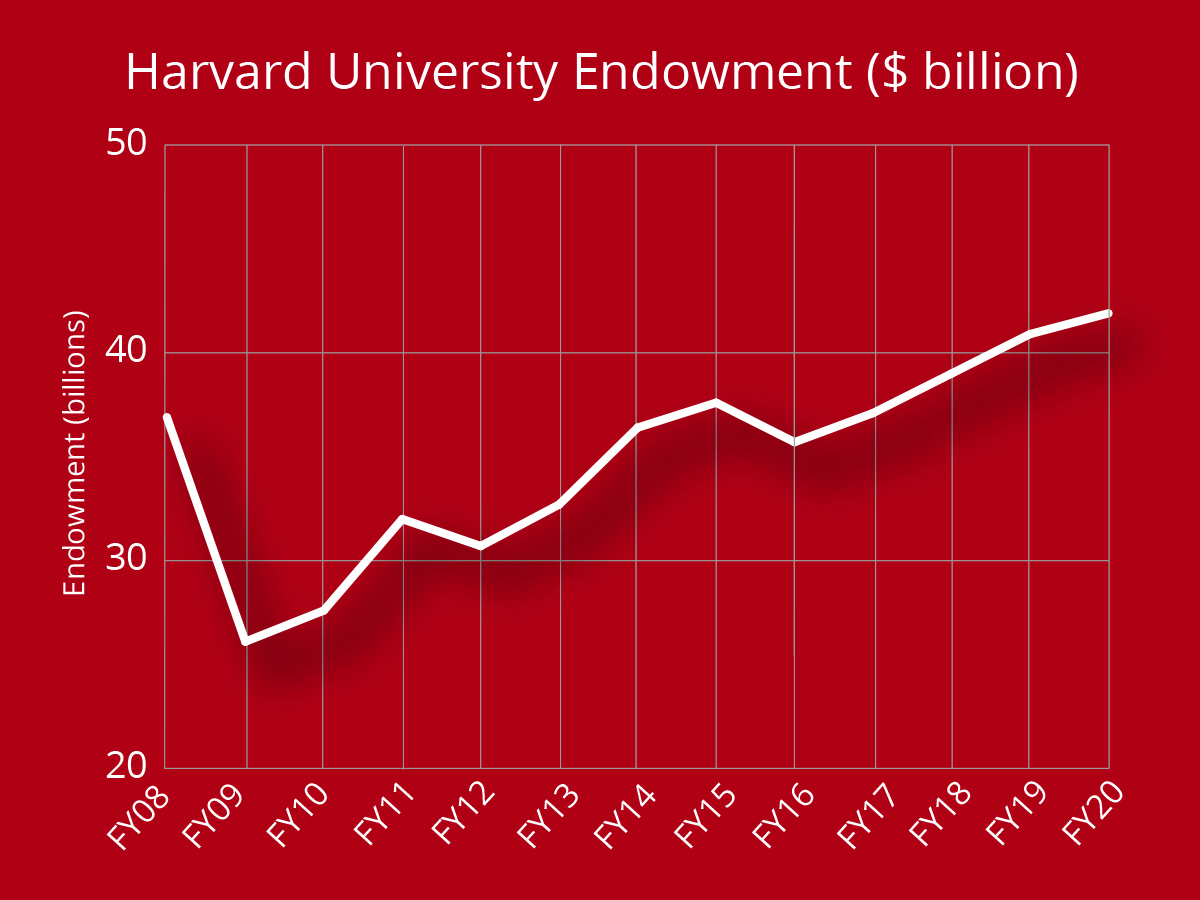$3 Billion Harvard Grant Redistribution: Trump's Trade School Proposal Explained

Table of Contents
The proposed redistribution of $3 billion in federal funding from elite universities like Harvard to bolster vocational and trade schools ignited a firestorm of debate. This controversial initiative, championed by former President Trump, aims to address the persistent skills gap in the American workforce and reshape the landscape of higher education funding. This article delves into the core tenets of the proposal, exploring the arguments for and against it, and situating it within the broader context of national economic policy.
The Core Proposal: Shifting Higher Education Funding
At its heart, Trump's proposal sought to reallocate a significant portion of federal funding currently allocated to prestigious universities, using Harvard as a prominent example, towards vocational and trade schools. The rationale was threefold: to directly address the growing skills gap, to promote vocational training as a viable and equally valuable educational pathway, and to reduce the escalating cost of higher education for students pursuing non-traditional academic routes.
-
Rationale: The proposal aimed to tackle the skills gap by increasing the number of skilled tradespeople. This was seen as crucial for economic growth and competitiveness. Simultaneously, it aimed to make vocational training more accessible and affordable, reducing the financial burden on students and families.
-
Mechanisms: While the specific mechanisms were not always clearly defined, the proposal hinted at utilizing various approaches, including tax incentives for businesses investing in trade school training programs and direct federal funding increases allocated to vocational institutions.
-
Initial Reactions: The proposal's announcement sparked immediate and strong reactions. Elite universities expressed concerns about potential funding cuts and their impact on research and development. Politicians from both sides of the aisle offered divergent perspectives, highlighting the deeply divisive nature of the proposal.
Arguments For the Trade School Funding Increase
Proponents of increased trade school funding argue that it's a vital step towards addressing critical economic needs. Their arguments rest on several key pillars:
-
High Demand for Skilled Trades: The US currently faces a significant shortage of skilled tradespeople, including electricians, plumbers, welders, and mechanics. This shortage hampers economic growth and infrastructure development.
-
Affordability and Accessibility: Trade schools often offer more affordable and shorter programs compared to four-year colleges, making vocational training accessible to a wider range of students, regardless of their socioeconomic background. This addresses a major barrier to entry for many aspiring skilled tradespeople.
-
Earning Potential: Contrary to popular belief, many skilled trades professionals enjoy high earning potential, often surpassing the starting salaries of college graduates in some fields. This dispels the misconception that vocational training leads to lower-paying jobs. Statistics consistently show strong earning potential in many skilled trades, making this a financially sound career choice.
Counterarguments and Criticisms of the Proposal
Despite the appeal of increased funding for trade schools, the $3 billion Harvard grant redistribution proposal faced significant criticism. These criticisms include:
-
Impact on Higher Education Research: Detractors argued that diverting significant funding from research-intensive universities like Harvard could stifle innovation and negatively impact scientific breakthroughs.
-
Fairness and Practicality: Concerns arose about the fairness of arbitrarily targeting specific universities for funding cuts. The mechanism for redistribution, if not carefully designed, could lead to unintended consequences and administrative challenges.
-
Effective Targeting: Ensuring that funding reaches truly needy and effective trade schools, rather than simply benefiting already well-established institutions, presented a significant challenge. Without a robust oversight system, misallocation of funds was a considerable concern.
-
Unintended Consequences: Critics worried that the proposal could inadvertently diminish the prestige and overall quality of vocational training if not implemented carefully and strategically.
The Broader Context: The Skills Gap and Economic Policy
Trump's proposal must be understood within the broader context of the US skills gap and national economic policy.
-
The Skills Gap: The US labor market faces a widening skills gap, with a significant mismatch between the skills possessed by the workforce and the skills demanded by employers. This gap impacts economic productivity and competitiveness.
-
Workforce Development: The proposal represented one piece of a much larger puzzle aimed at improving workforce development. Other initiatives focus on apprenticeship programs, on-the-job training, and community college partnerships.
-
International Comparison: Many other developed countries have implemented successful vocational training systems, offering valuable lessons and best practices that could inform US policy.
-
Long-Term Implications: The long-term economic implications of the proposal remain uncertain, depending heavily on the effectiveness of its implementation and its overall impact on the higher education system and the nation's workforce.
Conclusion
The proposed $3 billion Harvard grant redistribution for trade school funding sparked intense debate, highlighting the complex interplay between higher education funding, economic policy, and the persistent skills gap. While proponents emphasize the need to invest in vocational training to address crucial workforce needs and make quality education more accessible, critics express concerns about the potential negative impacts on higher education research and the fairness of the proposed redistribution mechanism. Addressing the skills gap is undeniably critical for the US economy, and the debate surrounding this proposal underscores the urgent need to find effective and equitable solutions to provide accessible and affordable vocational training opportunities for all.
Call to Action: Learn more about the ongoing debate surrounding the Trump trade school proposal and its impact on the $3 billion Harvard grant and other higher education funding initiatives. Stay informed about developments in vocational training and higher education funding policy. Engage in the discussion about how best to address the skills gap and ensure access to quality education for all.

Featured Posts
-
 Homeowner Data At Risk Privacy Regulators Warning On New Cabinet Rules
May 28, 2025
Homeowner Data At Risk Privacy Regulators Warning On New Cabinet Rules
May 28, 2025 -
 Ipswich Town Mc Kenna Returns Cajuste Improves Trio Still Out
May 28, 2025
Ipswich Town Mc Kenna Returns Cajuste Improves Trio Still Out
May 28, 2025 -
 Winning Euro Millions Ticket Traced To Ireland Claim Your Prize
May 28, 2025
Winning Euro Millions Ticket Traced To Ireland Claim Your Prize
May 28, 2025 -
 Perkiraan Kepadatan Arus Balik Mudik Di Bali Tanggal 5 And 6 April 2025
May 28, 2025
Perkiraan Kepadatan Arus Balik Mudik Di Bali Tanggal 5 And 6 April 2025
May 28, 2025 -
 American Music Awards May 2024 Jennifer Lopez Announced As Host
May 28, 2025
American Music Awards May 2024 Jennifer Lopez Announced As Host
May 28, 2025
Latest Posts
-
 Guillermo Del Toros Sangre Del Toro A Cannes Film Festival Documentary Debut
May 30, 2025
Guillermo Del Toros Sangre Del Toro A Cannes Film Festival Documentary Debut
May 30, 2025 -
 Investigation The E18 Million Missing From Deutsche Bank Londons Fixed Income Department
May 30, 2025
Investigation The E18 Million Missing From Deutsche Bank Londons Fixed Income Department
May 30, 2025 -
 Global Investors Deutsche Banks Saudi Arabia Investment Opportunity
May 30, 2025
Global Investors Deutsche Banks Saudi Arabia Investment Opportunity
May 30, 2025 -
 Chronique D Une Banque L Histoire Moderne De La Deutsche Bank
May 30, 2025
Chronique D Une Banque L Histoire Moderne De La Deutsche Bank
May 30, 2025 -
 Guillermo Del Toro Documentary Sangre Del Toro Premieres At Cannes
May 30, 2025
Guillermo Del Toro Documentary Sangre Del Toro Premieres At Cannes
May 30, 2025
